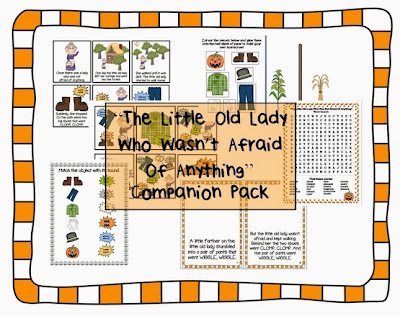A trip to the Dollar Store inspired me to create a Halloween activity for my Speech students to work on inferencing skills (although it is adaptable for articulation, as well). I found these cute boxes for $1/pair:
 |
| Dollar Tree finds! |
I ended up buying a bunch of them with the intent to use them in therapy. I didn't have any ideas about what exactly to do with them at the time, but it didn't take long to come up with something. In addition to these boxes I also found a lot of other gross / spooky stuff at the Dollar store, including spider webs, bones, fake teeth, fake blood, etc. I figured that all these goods would lend themselves to a creepy guessing game. With this concept in mind, I started creating clues for each of the items and printed them on some cardstock:
 |
| I wrote 3 clues about each item |
Next, I stuck the clues onto the lids of the Halloween boxes and placed the matching object inside of the box. When my students arrived to therapy they had to guess the contents of each box based on the clues that were provided.
 |
| Hmmm...what could be inside? |
 |
| Gravestones, a snake, and goblin snot! |
This worked well for some of my older articulation students, too. I simply had them read the clues out loud with their best speech, and had them do some targeted practice of the words that contained their sound. They had a lot of fun! Amazing, how much more motivated students seem to become with themed activities like this. I am already looking forward to the holidays!
~Viola



























